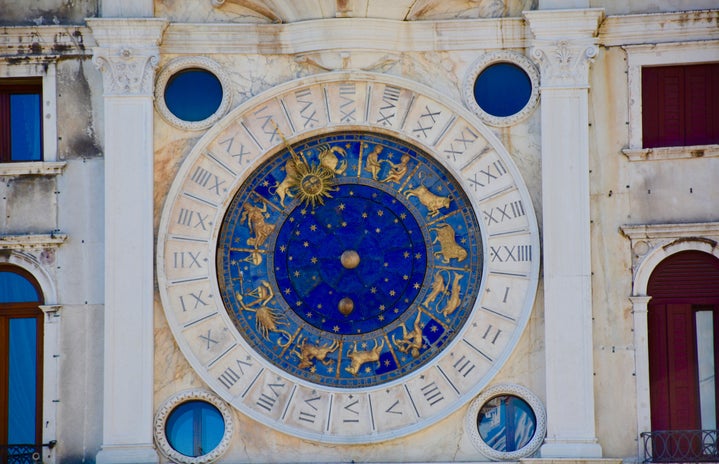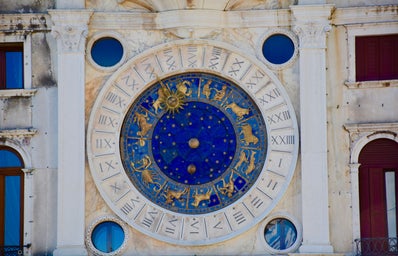Whether you believe in it or not, it is common knowledge that astrology exists as a concept and that everyone supposedly falls under a sign in the Zodiac. According to Western astrology, there are 12 signs in the Zodiac: Aries, Taurus, Gemini, Cancer, Leo, Virgo, Libra, Scorpio, Sagittarius, Capricorn, Aquarius, and Pisces. Dictated by the time and location of your birth, every individual’s horoscope is made up of multiple parts. Our birth charts are detailed with different planet alignments at the time of our birth, creating a highly personal horoscope to each and every one of us that can help us navigate how we relate to our own emotions and even our relationships with others.
Especially with the rise of Tik Tok and Instagram, as well as tabloids, astrology often seems to be simply considered by sceptics as a fad, but this perspective disregards the fact that astrology, in its different manifestations, has existed in various cultures for centuries. Western Astrology dates back to Ancient Babylonia and then later to Ancient Greece. The Chinese Zodiac, which divides us all into twelve animals, has equally existed for centuries, and there has been a long-lasting link between astrology and Hinduism. You may not entirely believe in what is presented, but it is not right to devalue astrology, because by doing so, there is an inherent devaluation of cultures that have shaped the way we look at the world. It is also worth noting both for astrology believers and sceptics that it is mainly Eurocentric perspectives that pervade our astrological discussions. It is important that we strive to attain and engage with a far more global and holistic vision regarding astrology.
Of course, when social media accounts and memes that focus on astrology claim that, for example, ‘x sign likes wearing comfy hoodies’, the desire to disregard such generalisations makes sense because they are usually not true and lack substance as arguments. But to dismiss astrology completely as ‘something that doesn’t exist’ is to forget the fact that the universe is bigger, greater, and more powerful than any individual. Time and nature are in constant motion, weaving through recurring waves and patterns, so it makes sense that we are able and want to look towards the universe to help fathom our place in the world.
Although astrology had once been regarded as a science, with the rise of the Enlightenment period and its desire for rationalism, it has since been disregarded by scientists and labelled as a pseudoscience. In the history of science in the West, we have rightly discredited overtly racist and colonial-based sciences, like Eugenics, but astrology does not possess such distinctly discriminatory qualities. An article from McGill University’s Office for Science and Society considers the fact that ‘astrology has the trappings of science: it makes predictions, relies on calculations, and deals in systems and structures’. However,‘[a]strology is a pseudoscience due to its lack of progress and refusal to deal with a large body of critical scientific studies’. So, while, according to scientists, astrology does not possess qualities like other sciences, it does not have a history of discrimination like other discredited sciences.
Astrology is also just genuinely an interesting concept. It can spark debates and offers alternatives to psychology as a method for observing people that are not particularly harmful. It is also just essentially and incredibly fun to talk about! Astrology can be a helpful means of allowing for greater introspection, which is something that all of us need to engage with from time to time.


